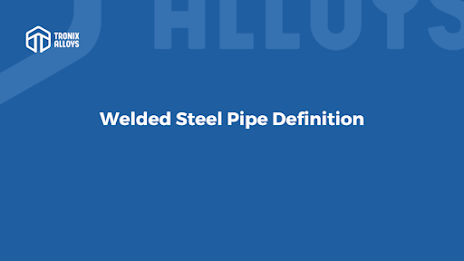Difference Between Stainless and ERW Stainless Steel Pipe

In this article, we will have a brief look at some of the differences between seamless and ERW that can have a significant effect on your application and the economics of the system. The manufacturing process for Electric Resistance Welding (ERW) pipe involves rolling metal and then welding it longitudinally across its entire length, resulting in an ERW pipe. The seamless pipe is manufactured by extruding the metal to the desired length, as compared to the ERW pipe, which is welded at the cross-section the entire length of its length, while the seamless pipe does not have any joints at the cross-section at all throughout its length. The seamless pipe is manufactured from solid round billets, has no joints or welding and no welding process is involved in its manufacturing. In sizes from 1/8 inch to 26 inch outside diameter, the seamless pipes are finished according to the specifications of dimension and wall thickness. High-pressure applications such as hydrocarbon in...






